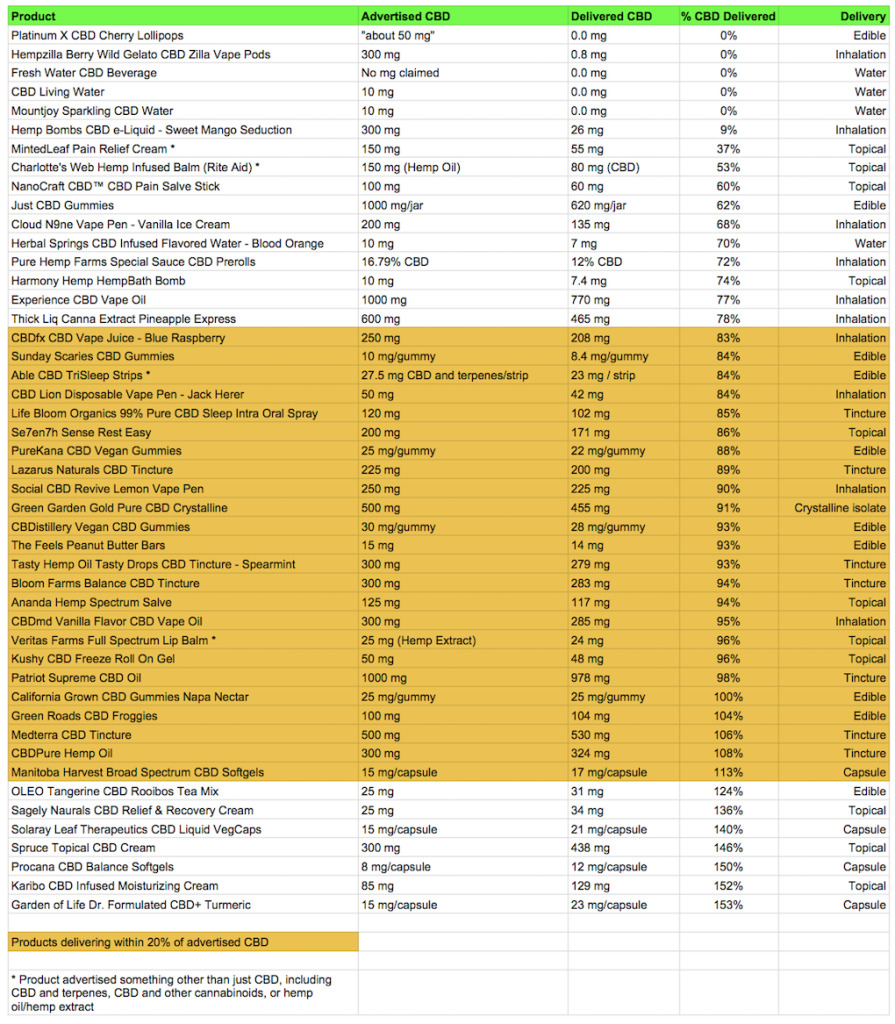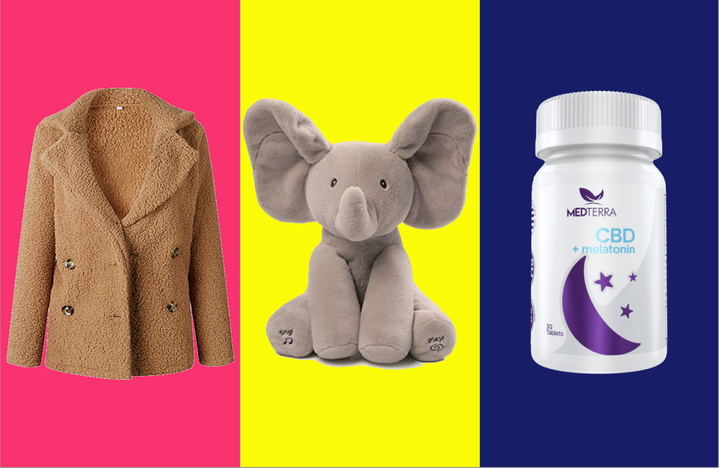Covers retail mistakes and wins, highlighting Medterra as a purpose-built CBD brand with effective communications, sales and profits.
What Does That Mean?
In the past, if you wanted to sell a garment to a consumer, you’d have to answer three questions:
1. Does it fit?
2. Do I look great?
3. Is it priced right?
If you could answer those three questions right, you got yourself a sale. Those three questions are still critical, consumers still need to know that it fits, looks great and is priced right but they are also asking many additional questions than they did in the past. For example:
Was this product made with child labor?
If I buy this, is the environment better off or worse off?
Is everyone who worked on bringing this product to market paid a fair wage?
Is this product artisanal and local, or am I buying a mass, commercial, global, industrial product?
What do the people who created this product believe about the purpose of their company?
What do they believe about how to treat people?
What is their attitude towards people who are different than they are?
Why did they create this company?
What they are really asking is – If I buy this product, am I being a good person? Am I helping other good people? Or am I doing something bad or hurtful? What does this product say about my own purpose in life, what my values are and what I want the world around me to be? The statement, “If I drive this car, it says I’m successful,” has given way to “this purchase supports things that matter.”
Answering the questions consumers now ask is done differently than the way consumer products have been marketed in the past. Traditional advertising was one-way communication on a massive scale. But social media, the best way to convey these values, is a two-way channel. Consumers don’t just need to hear a company’s message, they interact with it. They message back to the company and to their contacts. The entire setup of communicating a message to consumers is much different now than it was in the past.
Doing It Right Makes Money; Doing It Wrong Doesn’t
Traditional advertising reached masses of consumers relatively inexpensively and social media is hugely expensive to reach the same large numbers. Social media works if a company has a core of consumers who identify so closely with their brand that they become evangelists for the brand, effectively doing a company’s marketing without being paid for it. Consumers who are true followers do that because they believe what the company believes about their purpose and they want to share it. Without customers as evangelists and influencers, the economics of social media marketing are highly challenging. Companies that have to pay to reach every consumer find that their marketing costs prohibit profitability. You can’t grow out of problem like that, the bigger you make it, the more you lose. If there isn’t a message that moves consumers to tell their friends, it isn’t going to work.
We are seeing this all the time. My fellow Forbes contributor Steve Dennis says there’s a reckoning coming for online-only retail brands. He’s right and the reason for it has to do with an inability of enough companies to control their marketing costs and turn profitable. As the economy becomes more uncertain, it becomes less likely that investors will continue to fund endless investments in marketing with no promise of ever getting to the promised land of profitability. That’s what’s driving the reckoning that Dennis is talking about.
The way in which companies now communicate with consumers raises two additional questions: First, can legacy companies learn to do it right? So far, we are seeing that it has been difficult to impossible for most legacy brands and retailers to adapt to this new mode of communications. When consumers hear about value systems from companies that never talked about it before, it sounds false to consumers and they don’t buy it. Second, if personal values and two-way communication are so important, how many people can they relate to and therefore, how big can they get? In the past, we’ve seen consumer brands become enormous, multi-billion dollar businesses. It’s not clear that companies which are run in the way they need to now can ever be as big. Time will tell on that.
Who’s Doing It Right
One of the last initiatives that Barneys undertook before it went bankrupt was to open a CBD boutique inside its store. CBD is exploding and Barneys was trying to capitalize on the trend for wellness with sales of CBD. But consumers are smart and grafting a lifestyle on to an existing luxury retailer doesn’t make it real. The Barneys CBD initiative got a lot of hype but the store display was one more fixture in the store and not convincing. On the other hand, there’s a company called Medterra, a purpose-built CBD brand. When you look at their site or their product, you would never believe they’re in this because they see CBD trending, you can see they were created to bring great CBD products to consumers. Their communications are effective, their sales are exploding and they are profitable. It’s not a coincidence that it works for Medterra and didn’t work for Barneys. Medterra isn’t focusing on CBD because it’s trending, they’re selling it because that is their purpose and that’s what they believe.
Like Medterra, a beauty company called Wander Beauty, not sold primarily in traditional beauty retail channels but marketed primarily direct-to-consumer, is a purpose-driven provider of cruelty-free products that facilitates a multitasking, always-moving, always-instagramming lifestyle. Most important, it is not based on a cycle of capital-raising for marketing spend that leads to losses. Wander Beauty is among the companies likely to withstand whatever a weakening economy tosses at them because they have built an enduring relationship with their consumer. It’s a thriving brand that fulfills a need that consumers have for useful product, delivered conveniently, responsive customer service and identity with their consumer that is real to their core. Consumers see that and that’s what makes them adhere to the brand and tell their friends.
Meghan Asha is the creator of a community called Foundermade, that puts on two major events per year on the east and west coasts for future-minded, purpose-built, innovative brands that are getting traction in their markets. Asha focuses on the origin story of brands. The (approximately) 200 brands that exhibit at her events all have honest and transparent beginnings which are the drivers of their being. She believes their transparency leads to their success and the ability of consumers to relate, repeat purchase and be motivated to tell their friends about it.
It’s Not Just Wellness
One of the most common stores you’ll find on any shopping street is a jewelry store. With jewelry retail being so prolific, you would think that a new concept would be impossible to create. So it’s a wonder that Brilliant Earth came up with the idea of building on a foundation of ethical sourcing and taking the intimidation out of buying an engagement or wedding ring. By addressing those two impediments on the path to purchase, Brilliant Earth redefined the relationship they have with their consumer and aligned their purpose with customer values. When customers see their values reflected in a retailer, they feel more closely aligned to it.
A new footwear brand called Cariuma is focused on three things: comfort, fashion, sustainability. Despite having only launched last year, they are being sold in 29 countries, direct-to-consumer. You would have thought that Allbirds is taking all the oxygen in that market. Cariuma competes by being made primarily of bamboo which is much more environmentally sustainable than most other materials and by being fashionable at an accessible price. It’s a reminder that even when a market is dominated by one player, there is often white space that can be captured by transparency and identity with the right values.
A young, innovative ski brand called Meier Skis, founded by a serial entrepreneur, is going direct-to-consumer in an innovative way. They have invented an environment they call a “craft skiery” where they serve beer and other drinks, make and sell skis and give tours of their production facility to customers. Their first skiery is in Denver and they are planning several others in ski towns.
Who Can Win
Not every startup is going to make it, history says most will fail. And not every legacy company will be able to adapt, so many of them are focused on the wrong things. But if a company big or small has a true purpose and communicates its meaning and purpose effectively, its consumers will identify with those values and will want to associate with the brand. When that happens, consumers want to tell their friends and that’s when they do the marketing for you. Then costs come into alignment and the endless cycle of money-raising and humongous marketing spend comes to an end and profitability takes hold. When having a true, transparent and honest corporate purpose aligns with consumers’ values, customers find meaning and it enhances their lives. When that happens, they want to tell everyone and growth with profit can endure.
View resource website











